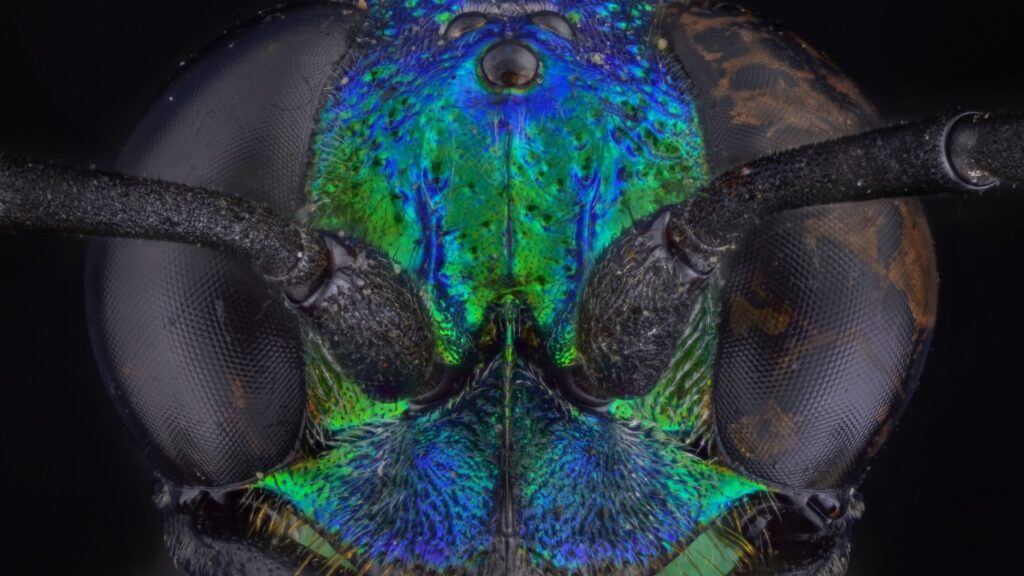Nature is weird and filled with horror stories that rival some of the most unsettling movies ever. From fungi to parasites, some of nature’s most creepily fascinating are the organisms that can control others. These mind-bending parasites and predators turn their victims into zombie-like slaves, forcing them to do their bidding.
1. Cordyceps Fungus

The Cordyceps fungus is a master of mind control in the insect world. It infects ants and other insects, growing inside their bodies and changing their behavior. The fungus makes infected ants climb to high places, where they clamp onto leaves or twigs. Then, the fungus sprouts from the ant’s head, releasing spores to infect more victims. This zombie-making fungus inspired the popular video game and TV show “The Last of Us.”
2. Jewel Wasp
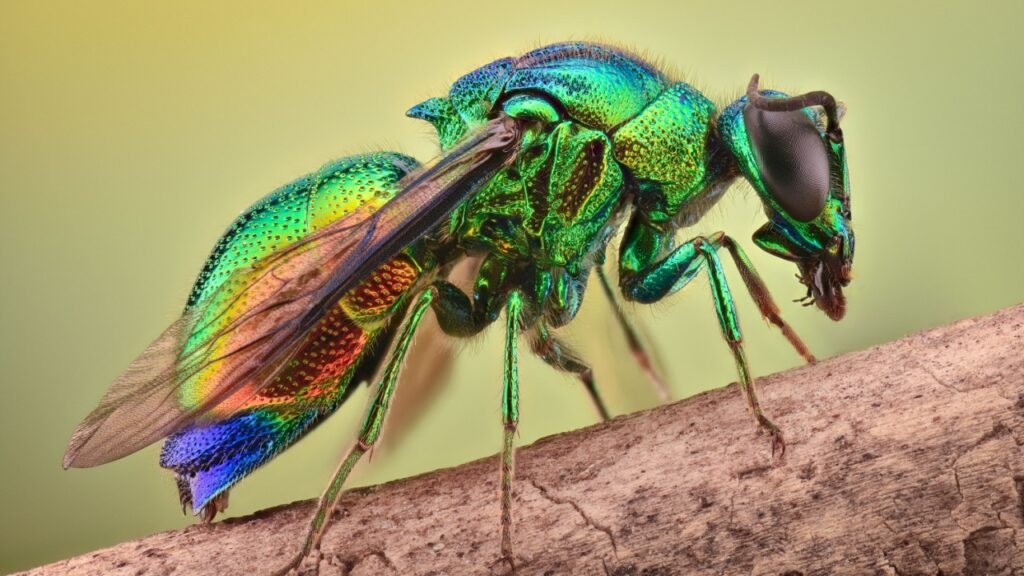
The jewel wasp turns cockroaches into helpless zombies. It stings the roach’s brain, injecting a venom that makes the victim docile. The wasp then leads the roach to its nest by pulling on its antennae like a leash. Inside the nest, the wasp lays an egg on the roach, which becomes food for the growing wasp larva. The roach stays alive but can’t escape, becoming a living nursery and food source for the baby wasp.
3. Toxoplasma Gondii
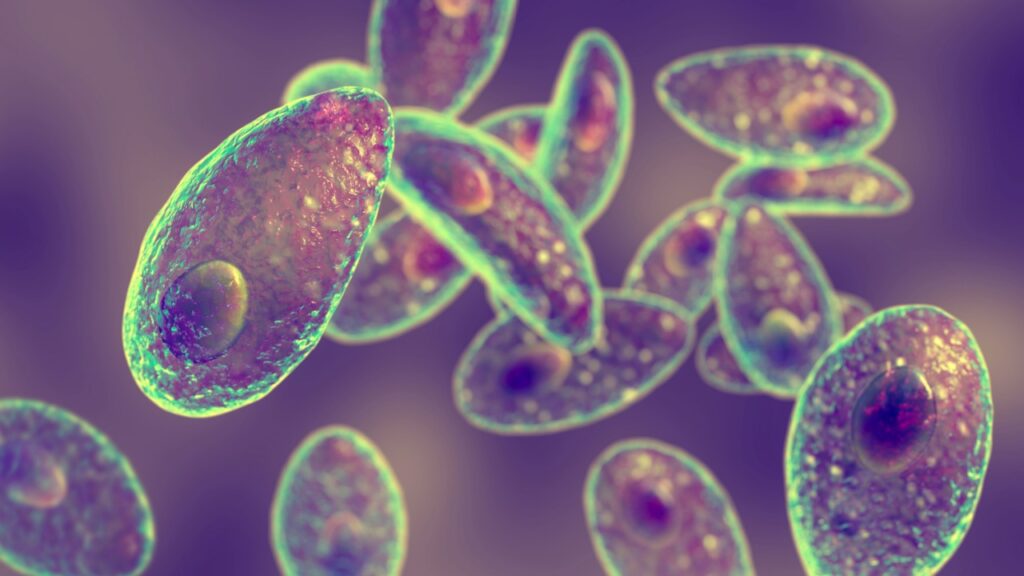
This tiny parasite can infect many animals, including humans, but it needs cats to reproduce. When it infects mice, it changes their behavior to make them less afraid of cats. Infected mice even become attracted to cat urine smell, making them easy prey. This clever trick helps the parasite reach its final host – the cat – where it can complete its life cycle.
4. Horsehair Worm

The horsehair worm starts its life inside insects like crickets and grasshoppers. As it grows, it takes control of its host’s brain. When fully grown, it forces the insect to seek out water and jump in. The worm then bursts out of the drowning insect’s body to swim away and find a mate. This gruesome exit leaves the host insect dead in the water.
5. Zombie Ant Fungus

Different from Cordyceps, this fungus targets carpenter ants in tropical forests. It makes infected ants leave their nests and climb to the perfect spot for fungal growth. The ant bites down hard on a leaf vein with its strong jaws, staying in place even after death. The fungus then grows out of the ant’s head, releasing spores to infect more ants below.
6. Lancet Liver Fluke

This parasite needs to move from snails to ants to cows to complete its life cycle. When it infects ants, it makes them climb to the tops of grass blades and hold on tight. This unusual behavior makes the ants more likely to be eaten by grazing cows. Inside the cow, the fluke can finally reproduce, starting the cycle all over again.
7. Sacculina Barnacle
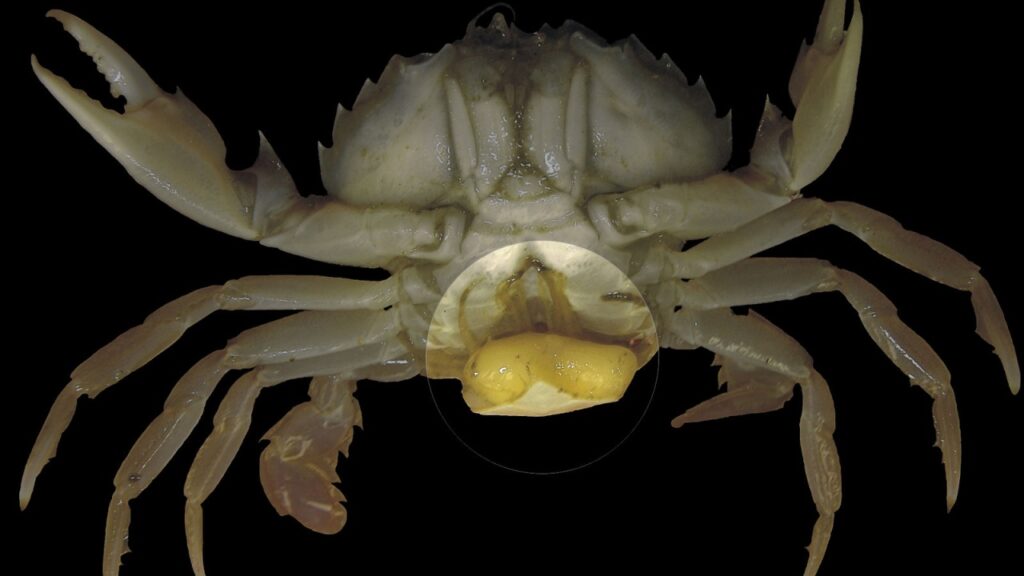
This barnacle turns crabs into its personal babysitters. It injects itself into a crab’s body and grows throughout its host. The barnacle makes male crabs act like females, causing them to care for the parasite’s eggs as if they were their own. Infected crabs can’t reproduce themselves, focusing all their energy on raising the barnacle’s offspring instead.
8. Euhaplorchis Californiensis
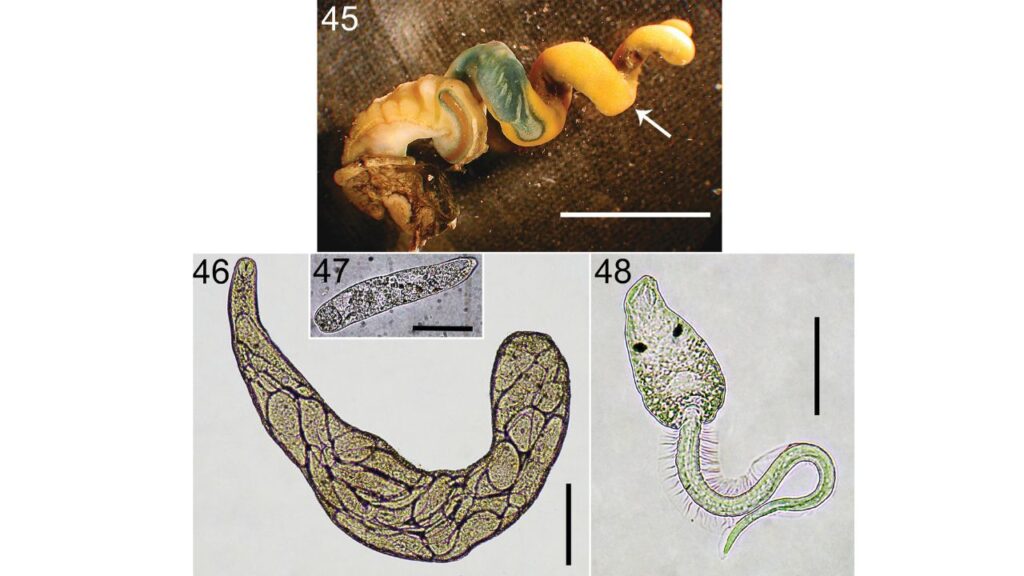
This tiny flatworm parasite infects killifish, changing their behavior in a dangerous way. It makes the fish swim near the water’s surface and flash their sides, attracting the attention of birds. This odd behavior makes the infected fish easy targets for bird predators. When a bird eats the fish, the parasite can complete its life cycle in its final host.
9. Glyptapanteles Wasp
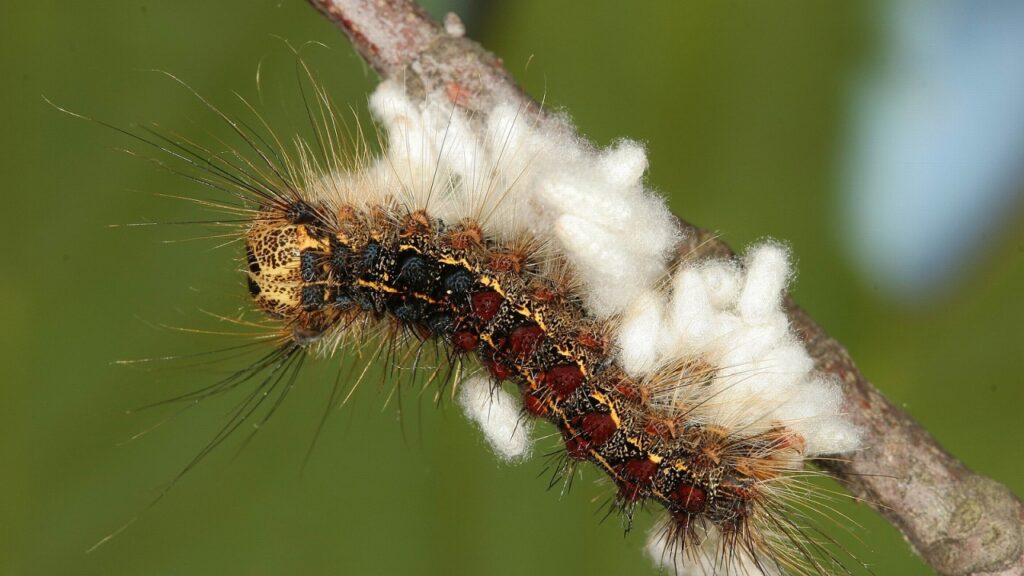
The Glyptapanteles wasp lays its eggs inside caterpillars. As the wasp larvae grow, they take control of the caterpillar’s mind. After the larvae leave the host to form cocoons, the caterpillar stays nearby, protecting the cocoons from predators. The zombie caterpillar guards its former parasites until they emerge as adult wasps, often dying in the process.
10. Leucochloridium Paradoxum
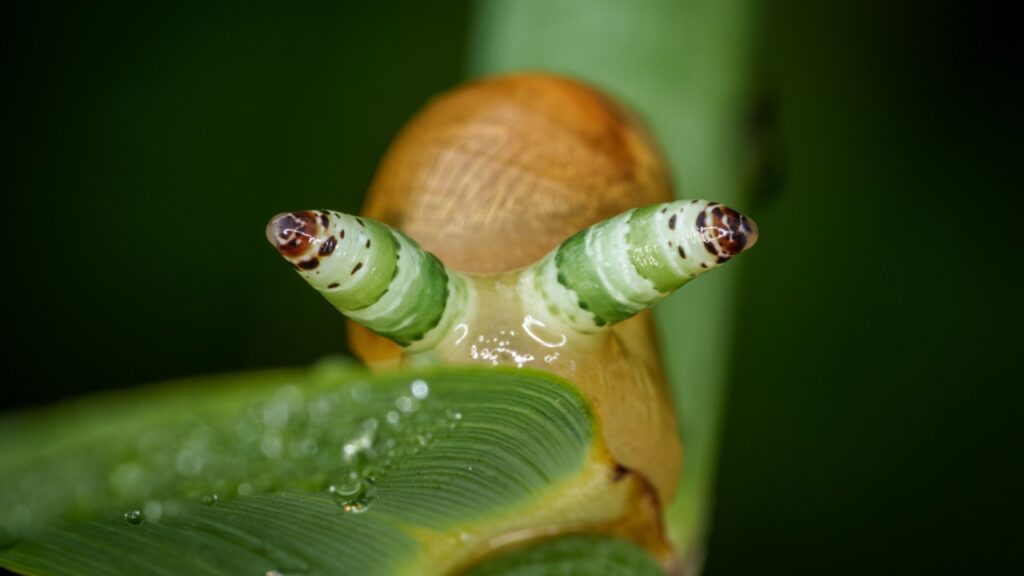
This parasitic worm infects snails and takes over their eye stalks. It makes the eye stalks pulse with color and movement, mimicking the appearance of caterpillars. Birds mistake the infected eye stalks for tasty treats and peck at them, ingesting the parasite. This clever trick allows the worm to reach its final host – the bird – where it can reproduce.
11. Ampulex Compressa
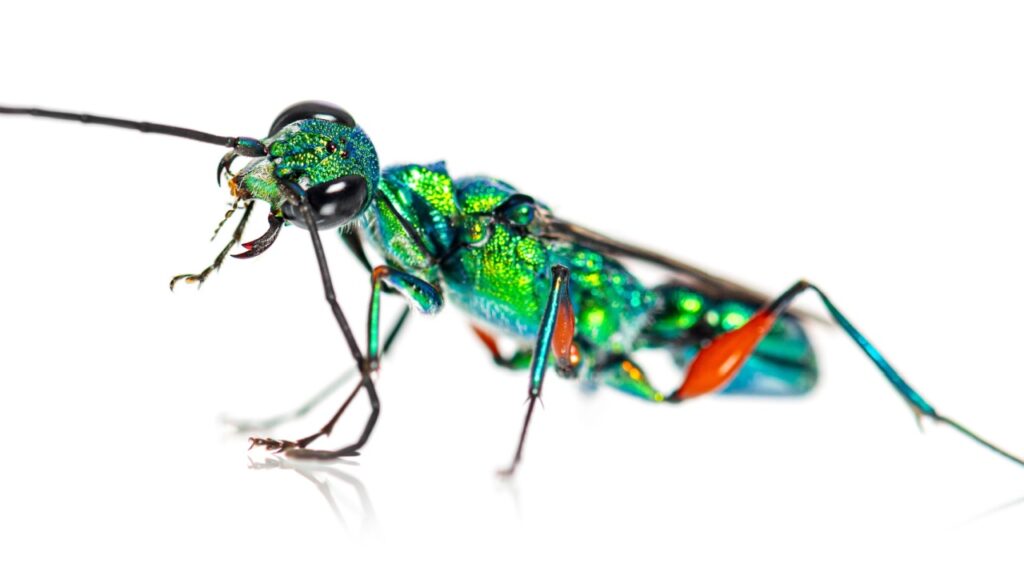
Also known as the emerald cockroach wasp, this insect turns cockroaches into living food sources for its young. The wasp stings the roach’s brain, making it unable to move on its own. The wasp then leads the docile roach to its burrow, where it lays an egg on it. The hatched larva eats the still-living roach from the inside out, keeping its food fresh until it’s ready to emerge as an adult.
12. Myrmeconema Neotropicum
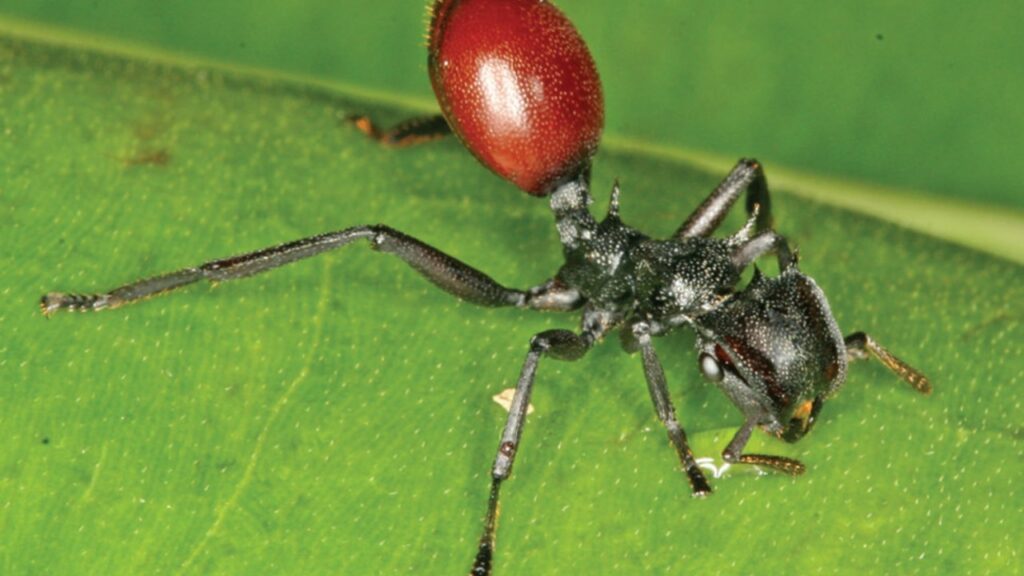
This parasitic nematode infects ants in Central and South America. It changes the color of the ant’s abdomen from black to bright red, making it look like a juicy berry. The parasite also makes the infected ant hold its abdomen high and stay still. Birds mistake the ant for a tasty fruit and eat it, allowing the parasite to complete its life cycle in its bird host.
Becky is a fervent wildlife enthusiast and pet care expert with a diploma in canine nutrition. Her love for animals stretches beyond the domestic, embracing the wild tapestry of global fauna. With over a decade of experience in animal welfare, Becky lends her expertise to OutlandishOwl through insightful articles, captivating wildlife information, and invaluable guidance on pet nutrition. Her work embodies a deep commitment to understanding the intricate lives of animals and a passion for educating others on sustaining natural habitats. Becky's hands-on conservation efforts and her knack for translating complex dietary science into practical pet feeding tips make her an indispensable voice for creatures great and small.

